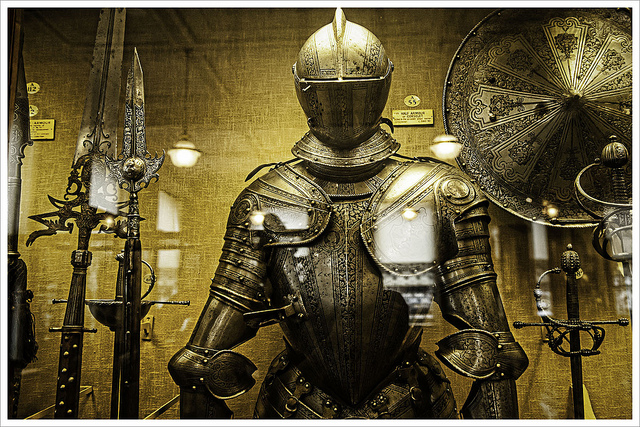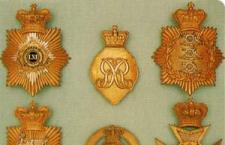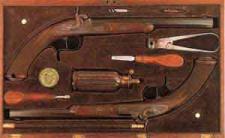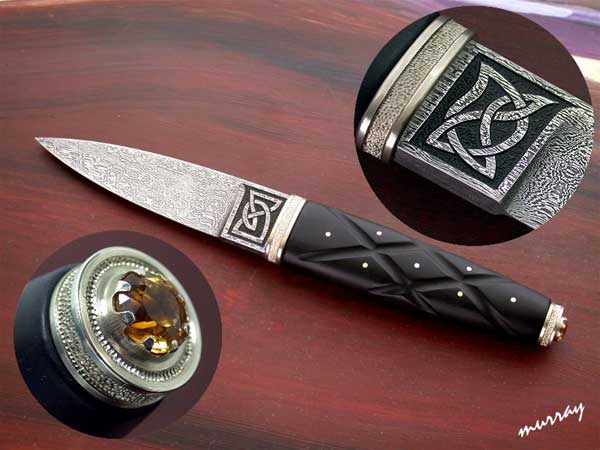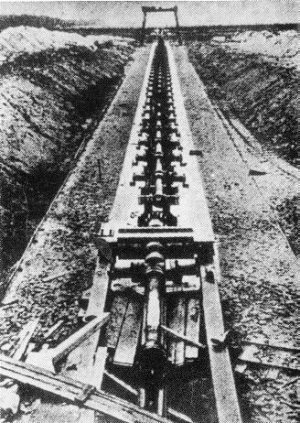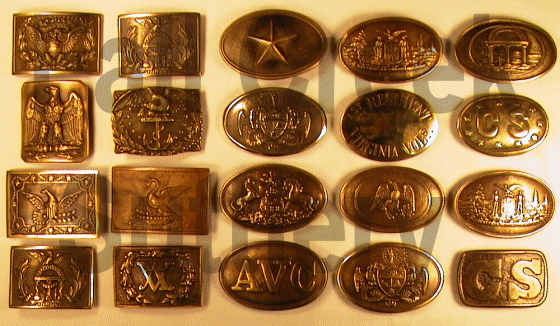Arms and militaria cover a surprisingly wide range of objects that include armour, firearms, edged weapons, medals, badges, uniforms, and even prints and cigarette cards. Here we look at what makes them so appealing to collectors
Whether because of their historical interest, high-quality craftsmanship, or because they’re such potent reminders of the heroics of the past, relics of war have long fascinated collectors.
Armour has been made, in one form or another, from the dawn of civilisation to the 19th century, but most pieces commonly seen on the market today date from the 16th century onwards. Full sets of armour are extremely valuable and if you’re a novice collector you must learn to recognise the numerous ‘marriages’ between pieces from different periods. As long as you realise a set is a composite and this fact is allowed for in the price, marriages are acceptable.
Antique firearms are often more accessibly priced. A 19th-century flintlock pistol could cost £150 or less; 18th-century examples are priced from about £300. Before you start buying, remember to check if a special licence is necessary. In most countries, you don’t need a licence to collect antique firearms, but you do if you intend firing them.
Armour
Swashbuckling armour from the English Civil War period (1642 to 1649) is still fought over, but nowadays by collectors! Favourite items include lobster-tailed helmets, pikeman’s pots (simple helmets), breastplates, back plates and gauntlets.
Condition
The three-quarter armour pictured pictured above dates from about 1640 and was made for a cuirassier (horseman). It is in an unusually fine condition and even has its original buckles. A suit like this would cost about £8,000 to £10,000.
Most antique armour has been repaired at some stage. Modern repairs are usually gas-welded and this leaves tell-tale burns on the surface.
Reproduction armour
As complete suits of original armour so rarely come up for sale, even good 19th-century reproductions are highly collectable and valuable. Much good-quality armour of this period was made in Germany, France and Spain.
Although 19th-century armour was intended for decorative rather than practical purposes, much of it was very well made. The quality of this 16th-century-style fluted Maximilian armour, made around 1820, is reflected in the thickness of the metal used. A good quality suit will weigh as much as 26kg to 27kg (58lb to 60lb) and will cost about £4,000 to £5,000.
What to look for
- armourer’s marks add to the value
- small dents in the breast plate, made from a pistol ball fired to test the armour’s strength, are a good sign of age
- funerary helmets, worn at funerals, are worth watching out for
Armour care
Treat rust with equal quantities of turpentine and paraffin, and a little methylated spirit. Polish armour with balls of newspaper and protect with wax.
For more cleaning advice read our care and repair guide.
Miscellaneous militaria
Complete uniforms may be hard to find, but headdresses, badges, fastenings, medals, powder flasks, postcards and prints are readily available and can form fascinating and highly decorative collections.
Badges
Whether made from metal or fabric, badges are increasingly popular with collectors. Officer’s headdress badges are larger than most others and particularly sought after. British regimental badges such as the early 19th-century examples pictured above are identifiable because they invariably include a crown in the design. Badges like these cost about £100 to £400 each.
Spotting a fake
- Expect badges to show evidence of their age – those in perfect condition should make you suspicious.
- Fake badges usually weigh less than genuine ones and feel waxy.
Medals
Before buying a medal check the soldier’s and regiment’s history to make sure he was entitled to it. This rare group of medals, awarded to a colonel in the Indian army, is officially engraved with his name. The group would cost around £2,200 to £2,600.
Shakos
Shakos, the cylindrical helmets with peaks and often plumes, were popular during the 19th century. How elaborate the decoration is can affect the value. This Austro-Hungarian shako is reasonably ornate with plenty of gold trimming and is worth around £100.
Edged weapons and antique firearms
Edged weapons, which include swords, sabres, dirks and bayonets, come up for sale frequently and, depending on the type of weapon you choose, you can build up a collection for relatively little outlay. Most antique firearms fall into one of two categories: flintlocks, which use a flint to make a spark and ignite the charge; or percussion guns, in which a metal cap containing a small explosive charge is ignited by the stroke of the hammer.
Swords and dirks
The less-than-perfect condition and evidence of honest wear you can see on the set of mid-19th-century Scottish regimental swords, pictured above, are a good sign that the set is authentic. You’d expect to pay about £3,500 to £5,500.
The small dagger in the centre is a Scottish dirk; these were carried by Scottish Highlanders.
Decoration
The decoration on a sword reflects the status of its original owner and always adds to value. The blued and inlaid Napoleonic sabre in the picture belonged to a high-ranking cavalry officer; it would fetch £600 to £1,000.
Below it is an 1831 British general officer’s sword, which is less ornate and would cost £200 to £300.
Sword care
- wipe blades clean after handling
- wax blades after cleaning
- clean rust spots by rubbing them with a copper coin
For more cleaning advice read our care and repair guide.
Beware of fakes
Fake engraving is sometimes added to swords to increase their value – be suspicious of harsh bright edges, and expect there to be signs of ageing, such as dirt and grease between the lines.
When fake engraving is added to a piece which already has some decoration, it’ll often be of a different depth and background colour to the original.
Judging firearms
Even though most antique weapons are never used, the feel of a firearm is one of the most important factors to take into account when buying. Firearms should be well-balanced when you handle them. Pieces which feel top-heavy and uncomfortable in the firing position are less desirable.
Long arms
Unusual early weapons always command a premium. This German wheel-lock sporting rifle, dated 1666, has several features which make it particularly desirable:
- high-quality engraving on the lock plate
- maker’s mark
- elaborately inlaid stock decorated with stag horn, silver wire and mother-of-pearl
Expect to pay about £3,000 to £5,000.
Duelling pistols
With cased sets of pistols, always check that all the pieces belong together and none have been added. This pair of American percussion duelling pistols comes with a range of accessories including Eley caps and balls. They should fetch about £2,000 to £3,000.

